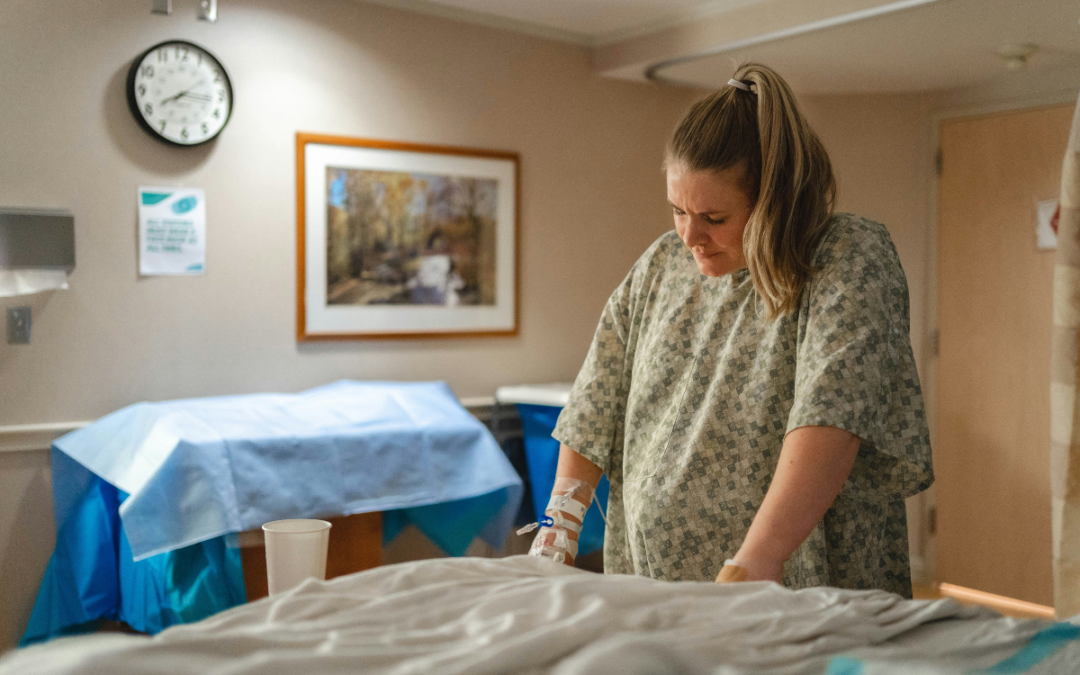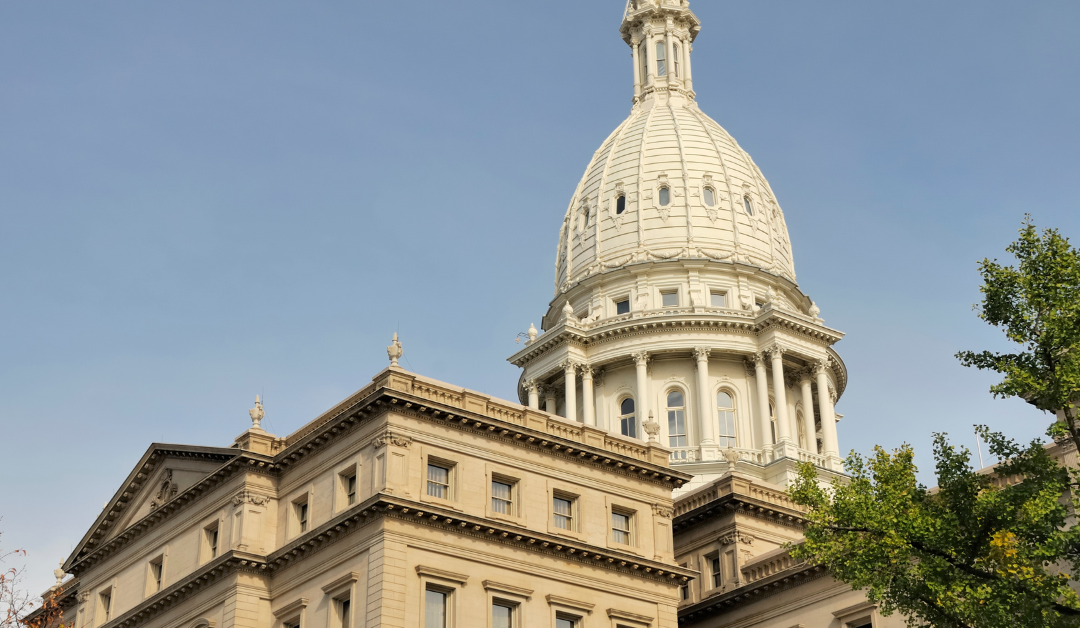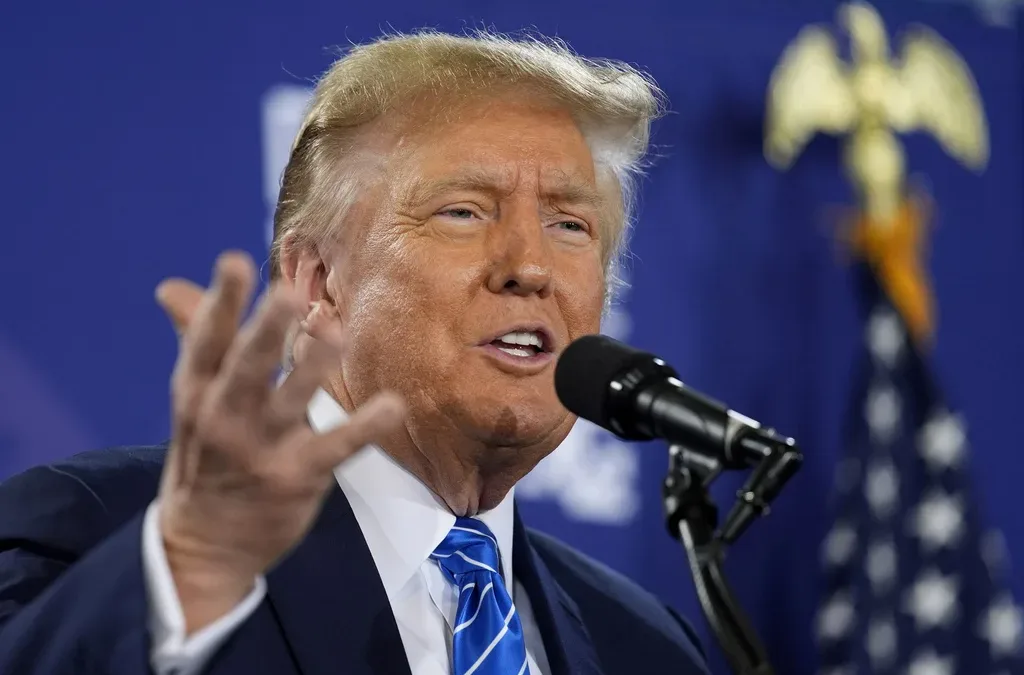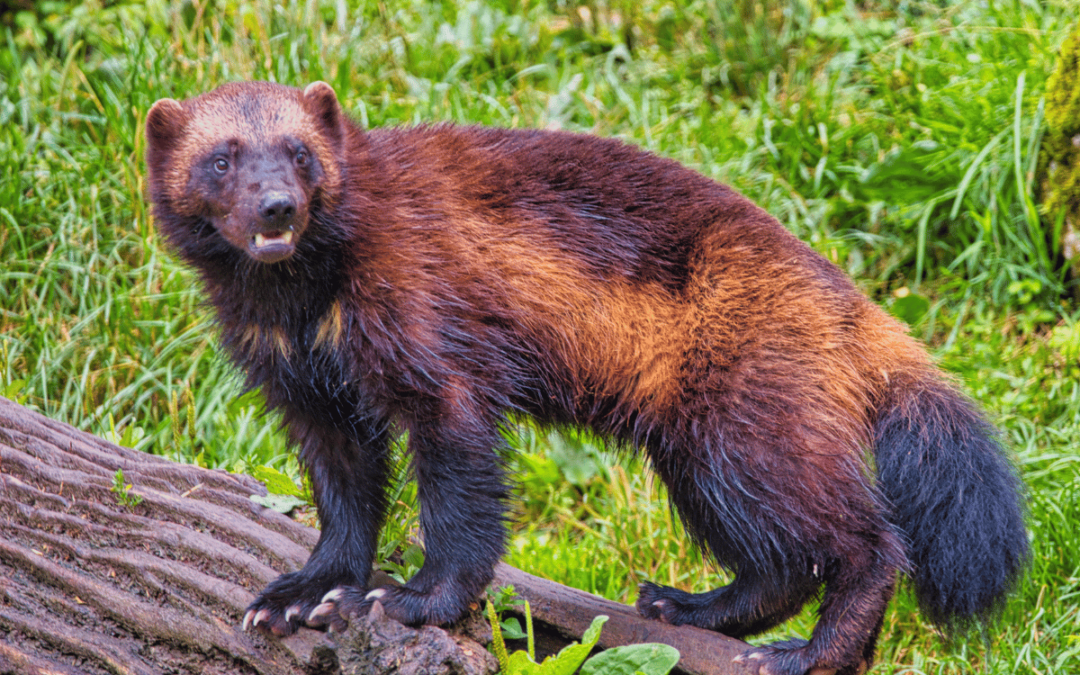
The position has been around since 1994, but this time, the backyard is the classroom for adults and children alike.
LANSING, Mich.—Early in their lives, Michiganders are taught how to enjoy the splendor of the outdoors and take in all that’s natural around them. The Great Lakes boast 20% of the world’s surface freshwater supply, and Michigan is replete with thousands of other water sources, mountains, and forests.
But in years past, the environmental education lessons that were passed down generations didn’t always come in tandem with a curriculum for how to protect it.
That’s something Eileen Boekestein is adamant about changing.
“You need to build that care and love and connection to a place, because that’s the foundation for wanting to do something about it and taking care of it,” Boekestein, the state’s new environmental education coordinator, said.
Two months into her new role at the Michigan Department of Environment, Great Lakes, and Energy, Boekestein isn’t a greenhorn when it comes to environmental education. She’s worked in a similar role for organizations for the last 15 years, but she’s never served so many people.
The state isn’t new to environmental education, either. The role of environmental education coordinator was formally cemented into state law in 1994 after Gov. John Engler, a Republican, signed a legislatively sponsored bill introducing the position.
At the time, the state was somewhat of a pioneer. The Environmental Protection Agency had just founded its own Office of Environmental Education four years prior, and not many states had a job matching that description. Today, more do, but many still do not.
“I think that’s really important and forward-thinking of the environmental agencies to do that because they’re so connected to what’s actually happening,” Boekestein said.
IN OUR STATE: After Years Without Clean Water, Benton Harbor Residents Face Greatest Concern Yet: Trust
As the world has changed, so have the requirements of the job.
The previous environmental education coordinator’s role was to direct education curriculum programs throughout schools in the state and run up EGLE’s internship program. Boekestein’s role will look quite a bit different.
“Funny story: When I was interviewing for this position, I asked probably four or five times, ‘What’s my day-to-day going to look like?’” Boekestein said. “And they just laughed at me every time I asked that question.”
Yes, she’ll still be meeting with teachers, schools, and education associations to give proactive guidance on teaching youngsters about useful, interesting connections to nature.
But the internship part of her job has been offloaded to someone else entirely to make room for her to also reach out to adults, which is an even more unique job description than many states have.
Environmental education doesn’t stop at graduation, Boekestein said. It doesn’t stop at all.
OTHER: How Republicans and Democrats Are Working Together to Save Endangered Species in Michigan
“It’s different than science education,” Boekestein said. “A lot of people conflate those two. Environmental education has this element of civic responsibility and civic action”
Instead, the field’s a continuum, without a clear beginning and end. Many adults’ high school classes lacked a hands-on environmental curriculum that taught them about their watersheds and septic tanks and so on. Now, they’re playing catch-up.
Environmental educators like to view the field as a staircase, where knowledge is a base, and the proceeding civic action is the next step up.
“Environmental literacy is a spectrum,” Boekestein said. “It’s not like reading and writing where you’re literate or illiterate.”
The benefits of a well-informed public body can be somewhat nebulous, but the costs of being unaware are easy to see. When water systems falter but people decide to still consume toxic water, environmental education has failed them.
And as Boekestein has learned, the time to teach is not during a crisis; it’s beforehand.
In that way, there are more similarities than one would expect in teaching adults and children about environmental stewardship—and why selfishly, for their own health, they need to get involved. Boekestein prefers an approach of place-based education, which breaks down abstract topics and localizes them to the audience.
At a town hall, for example, Boekestein would choose to talk about those residents’ water supply and how they should monitor water safety in their house. That approach differs greatly from billboards that blare “Don’t Litter.”
“It’s hard to feel connected to something that’s abstract, so I try to reduce that abstraction in education,” Boekestein said.
For people past their school years, building that foundation is all the more important, Boekestein said. They might be trapped in a city, away from the outdoors, all the more divorced from caring about it.
Like anyone, Boekestein can get the winter blues and feel trapped behind a desk while at work. While her job revolves around the great outdoors, much of the work done to protect the trees, streams, and bees must be done on paper.
But what keeps her going is that her work is empowering people to preserve all that’s unique about Michigan. That will be her legacy.
“It’s fun. It’s why I love environmental education,” Boekestein said. “There’s so many components to it.”
ACTION: EXPLAINER: How Michigan’s Voting Laws Could Change In 2022
Politics

It’s official: Your boss has to give you time off to recover from childbirth or get an abortion
Originally published by The 19th In what could be a groundbreaking shift in American workplaces, most employees across the country will now have...

Michigan Dems win special elections to regain full control of state government
LANSING—Democrats won back a majority in the Michigan House and restored their party's full control of state government Tuesday thanks to victories...

Trump says he’s pro-worker. His record says otherwise.
During his time on the campaign trail, Donald Trump has sought to refashion his record and image as being a pro-worker candidate—one that wants to...
Local News

That one time in Michigan: When we became the Wolverine State
How did Michigan become tied to an animal that's practically nonexistent there? Among the many nicknames that the state of Michigan has, arguably...

Readers’ Choice: Top 5 Bowling Spots in Michigan
From retro lanes — including one of the oldest running bowling alleys in the country — to modern entertainment centers, there's something for...





